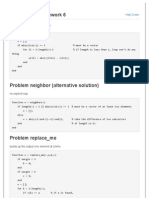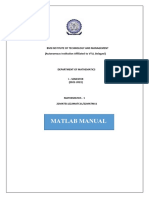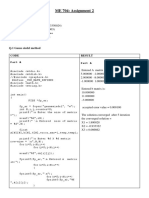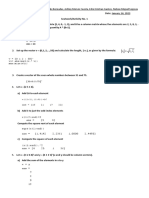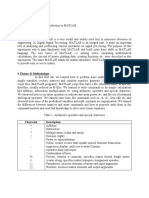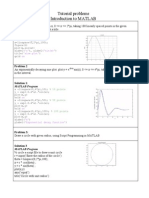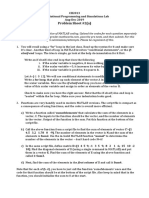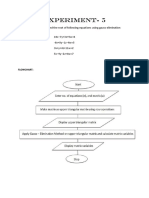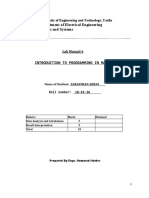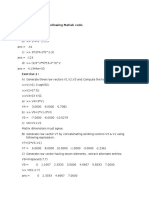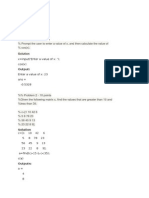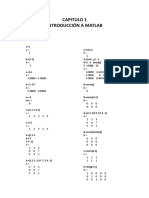0% found this document useful (0 votes)
27 views10 pagesSol Matlab
The document contains a series of MATLAB exercises that cover various mathematical computations, including matrix operations, solving equations, and plotting functions. Each problem includes both no-input and custom-input versions, allowing users to interactively input data. The exercises demonstrate the use of MATLAB for numerical analysis, including matrix inversion, Fourier series, and iterative methods.
Uploaded by
NGUYÊN LÊ KHÁNHCopyright
© © All Rights Reserved
We take content rights seriously. If you suspect this is your content, claim it here.
Available Formats
Download as PDF, TXT or read online on Scribd
0% found this document useful (0 votes)
27 views10 pagesSol Matlab
The document contains a series of MATLAB exercises that cover various mathematical computations, including matrix operations, solving equations, and plotting functions. Each problem includes both no-input and custom-input versions, allowing users to interactively input data. The exercises demonstrate the use of MATLAB for numerical analysis, including matrix inversion, Fourier series, and iterative methods.
Uploaded by
NGUYÊN LÊ KHÁNHCopyright
© © All Rights Reserved
We take content rights seriously. If you suspect this is your content, claim it here.
Available Formats
Download as PDF, TXT or read online on Scribd
/ 10


